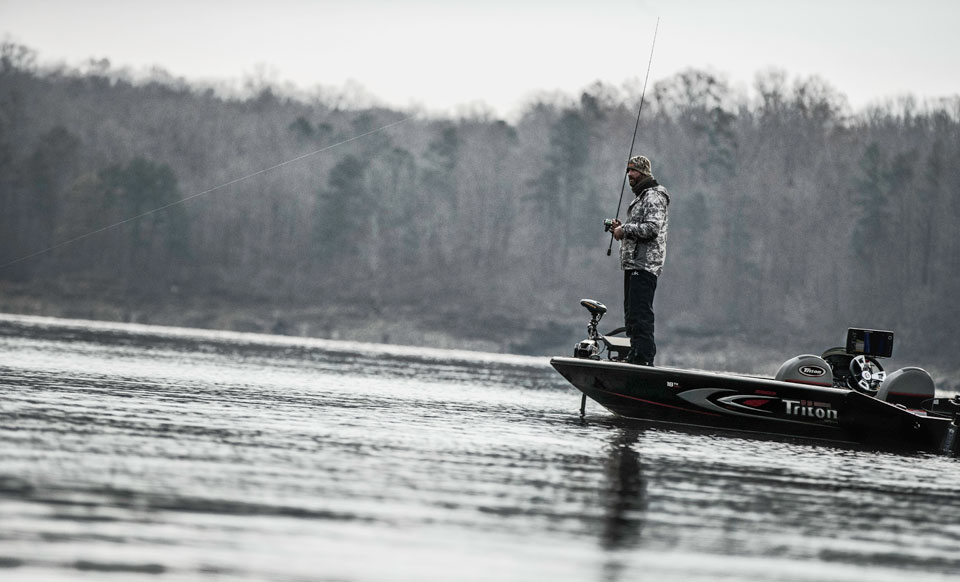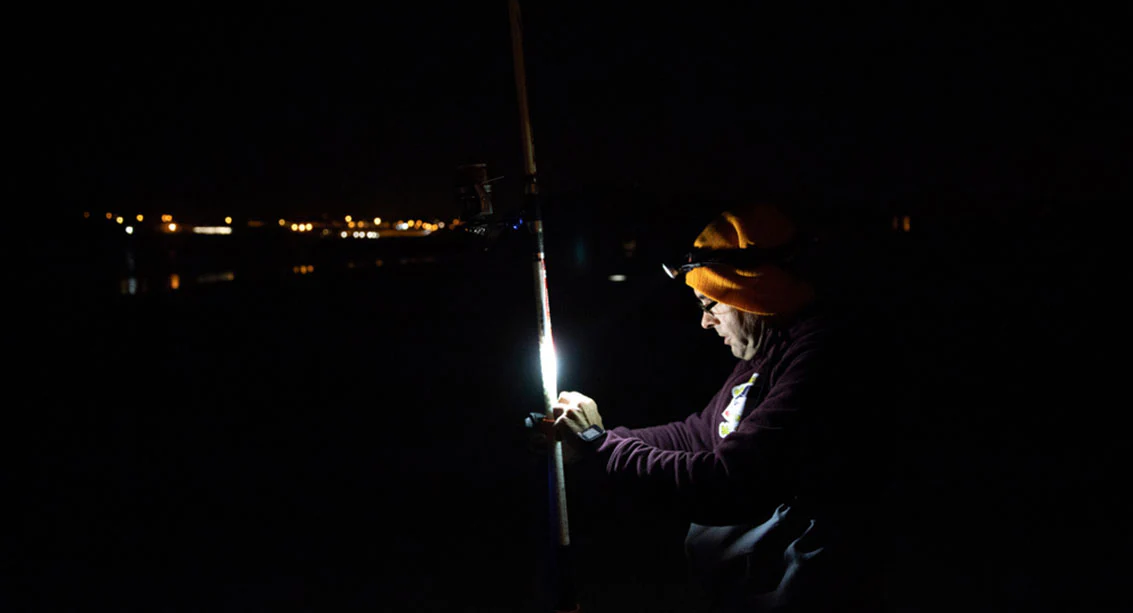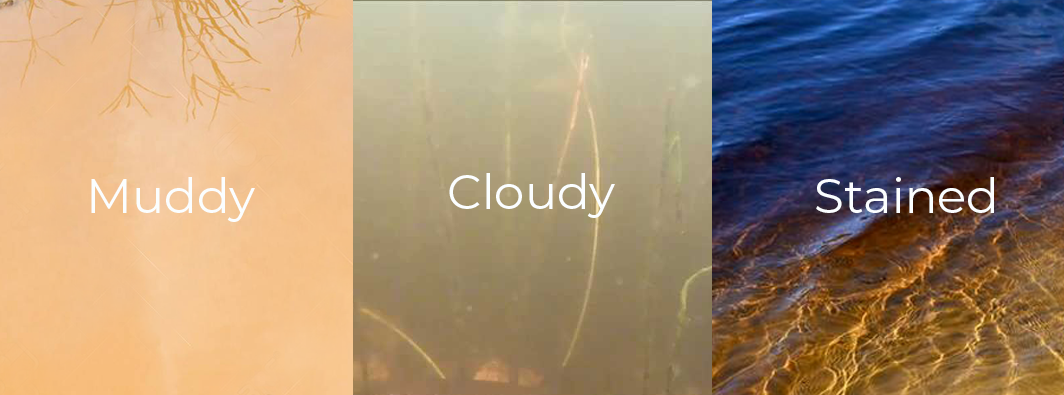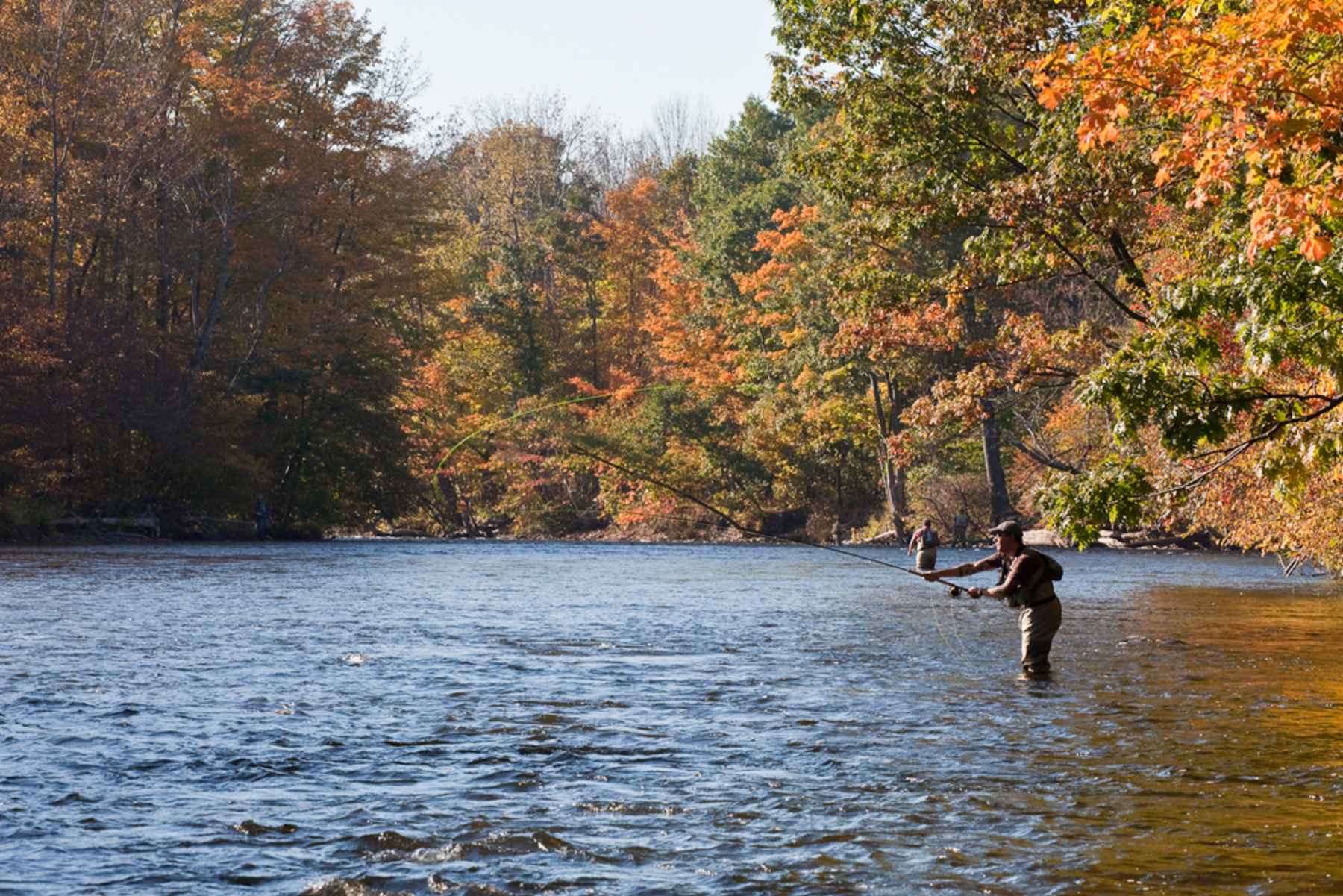Largemouth bass are a favorite target for anglers due to their widespread availability and the challenge they present. Understanding the ideal conditions for catching largemouth bass can significantly increase your chances of success. This article delves into the key factors that influence bass behavior and how you can optimize your fishing strategies to match these conditions.
Optimal Water Temperatures
Preferred Temperature Range
Largemouth bass are most active in water temperatures ranging from 60°F to 80°F. Within this range, bass are more likely to be feeding and more responsive to a variety of lures. In the spring, as water temperatures begin to rise into this optimal range, bass activity increases, particularly during the pre-spawn and spawning periods. Similarly, in the fall, when water temperatures drop back into this range, bass will often enter a feeding frenzy to prepare for winter.
Cold Water (Below 50°F)
In colder water, typically below 50°F, largemouth bass become sluggish and less inclined to chase fast-moving lures. Their metabolism slows down, and they tend to seek out deeper water where the temperature is more stable. During these colder periods, it’s important to use slower presentations, such as jigging or drop-shotting, which allow the bait to stay in front of the bass for a longer period.

Warm Water (Above 80°F)
When water temperatures rise above 80°F, largemouth bass often move to deeper, cooler areas, especially during the heat of the day. High temperatures can also lead to lower oxygen levels in the water, which can further limit bass activity. Early morning, late evening, or even night fishing can be more productive during hot weather as the water cools slightly and bass become more active. Slow-rolling spinnerbaits or using topwater lures can be effective in these conditions.
Best Weather Conditions
Overcast Days
Overcast days are generally considered ideal for largemouth bass fishing. The cloud cover reduces light penetration into the water, making bass feel more secure and more likely to roam out of cover in search of food. This increased activity often makes them more aggressive and willing to strike a variety of lures, especially those that mimic their natural prey, such as crankbaits and spinnerbaits.
Sunny Days
Bright, sunny days can make largemouth bass more cautious. They tend to retreat to deeper water or seek shade under docks, vegetation, or other structures. On sunny days, it’s important to focus on areas with plenty of cover where bass can hide from the sunlight. Pitching and flipping soft plastics into these areas or using finesse techniques can often trigger strikes.
Wind and Barometric Pressure
Wind can be a double-edged sword in bass fishing. A light to moderate breeze can create ripple effects on the water surface, reducing visibility for bass and making them more likely to strike at lures without hesitation. Wind can also push baitfish into certain areas, which in turn attracts bass. However, strong winds can make casting difficult and reduce your control over the boat, which may hinder your ability to fish effectively.
Barometric pressure also plays a significant role in bass behavior. A falling barometer, often associated with an approaching storm, can trigger increased feeding activity as bass sense the change in weather. Conversely, high barometric pressure, often associated with clear skies, can make bass more lethargic and less likely to bite.
Time of Day
Early Morning
Early morning, just before and after sunrise, is one of the best times to fish for largemouth bass. During this time, the water is typically cooler, and bass are often more active, hunting for food after the cooler night temperatures. Topwater lures like poppers and frogs can be particularly effective during these hours as bass are more likely to be feeding near the surface.
Late Afternoon to Evening
As the day progresses and temperatures begin to drop in the late afternoon, bass activity often picks up again. The fading light encourages bass to move out of cover and feed more aggressively. Evening fishing can be very productive, especially in the hours leading up to sunset. Crankbaits, spinnerbaits, and soft plastics can all work well during this time.
Night Fishing
Night fishing for largemouth bass can be extremely rewarding, especially during the summer when daytime temperatures are high. Bass tend to move into shallower waters at night to feed, and they are often less wary of lures. Dark-colored lures that create a strong silhouette, such as black jigs or large worms, are commonly used for night fishing. Additionally, using lures that create noise or vibration, like buzzbaits or spinnerbaits, can help attract bass in low-light conditions.

Water Clarity
Clear Water
In clear water conditions, largemouth bass rely heavily on their vision to hunt, making them more cautious and selective. This is where finesse presentations shine. Using lighter line, smaller lures, and more natural colors can increase your chances of success. Techniques such as drop-shotting or using weightless soft plastics can be particularly effective in clear water.
Stained and Murky Water
Stained or murky water reduces visibility, which can work to the angler’s advantage. In these conditions, largemouth bass are more likely to rely on their other senses, such as detecting vibrations or following scent trails. Lures that create noise or vibration, such as spinnerbaits, chatterbaits, or crankbaits, can be very effective in low-visibility conditions. Additionally, using brighter colors like chartreuse or black can help make your lure stand out in the murky water.

Seasonal Patterns
Spring (Pre-spawn and Spawn)
Spring is one of the most productive seasons for largemouth bass fishing, particularly during the pre-spawn and spawn periods. As water temperatures rise into the 60°F to 70°F range, bass begin moving into shallow areas to prepare for spawning. They become highly territorial and aggressive, making them more likely to strike at lures that invade their space. Targeting shallow flats, creek mouths, and areas with hard bottoms using soft plastics, jigs, or spinnerbaits can be very effective during this time.
Summer
During the summer, as water temperatures climb, largemouth bass often move to deeper, cooler waters during the day. Early morning, late evening, and night fishing become more productive as bass move back into shallow areas to feed. Fishing near drop-offs, ledges, or deep structures using deep-diving crankbaits or Carolina rigs can help you reach bass during the heat of the day. Additionally, targeting shaded areas with topwater lures early or late in the day can yield good results.
Fall
Fall is another prime time for largemouth bass fishing as bass feed heavily to prepare for the winter. As the water begins to cool, bass often move into shallower water to chase baitfish, creating opportunities for fast-paced action. During this period, crankbaits, jerkbaits, and spinnerbaits can be highly effective. Focus on areas where baitfish are congregating, such as the backs of coves, creek channels, or near submerged vegetation.

Winter
Winter bass fishing can be challenging due to colder water temperatures, but it’s still possible to catch largemouth bass with the right approach. Bass become less active in the cold, often staying in deeper water where the temperature is more stable. Slow presentations using jigs, drop shots, or suspending jerkbaits are often the most effective techniques during winter. Targeting deep structure or areas with a slightly warmer water temperature, such as near springs or power plant outflows, can increase your chances of success.
Ideal Habitat and Structure
Vegetation
Aquatic vegetation provides both cover and an abundant food source for largemouth bass, making it one of the best habitats to target. Bass often hide in or around vegetation, waiting to ambush prey. Targeting weed lines, lily pads, and submerged grass beds with weedless lures like Texas-rigged soft plastics, frogs, or spinnerbaits can be very effective.
Structure (Rocks, Logs, Drop-offs)
Largemouth bass are structure-oriented fish, often holding near rocks, logs, stumps, or drop-offs where they can find cover and ambush prey. Fishing around these structures with jigs, crankbaits, or soft plastics is a proven strategy. Bass are often found on the edges of drop-offs, where they can quickly move between shallow and deep water depending on conditions.
Shallow vs. Deep Water
Largemouth bass move between shallow and deep water depending on the time of day, season, and weather conditions. Understanding when and why they make these movements is key to locating fish. During warmer months, bass are often found in shallow water during the early morning and late evening, while they move to deeper water during the heat of the day. In colder months, bass are more likely to stay in deeper water where the temperature is more stable. Adjusting your fishing approach based on the depth at which bass are holding is crucial for consistent success.
Moon Phases and Tidal Influence
Moon Phases
The moon phases can have a subtle but significant impact on largemouth bass activity. During a full moon or new moon, bass are often more active at night, and fishing during these periods can be very productive. Conversely, during a bright full moon, bass may feed more at night, making them less active during the day. Planning your fishing trips around the lunar cycle can help you capitalize on these natural feeding times.
Tidal Influence (Coastal Areas)
In coastal areas where largemouth bass inhabit tidal rivers or estuaries, the tides play a crucial role in their behavior. During incoming tides, bass are often more active as the rising water brings baitfish and other prey into shallow areas. Outgoing tides can also be productive, as bass position themselves to ambush prey being carried out by the receding water. Understanding the timing and impact ofthe tides is essential for successful bass fishing in these areas. Anglers should focus on fishing during the first and last hours of the tide when the water movement is strongest, as this is when bass are likely to be most active.

Understanding the ideal conditions for largemouth bass fishing is crucial for increasing your chances of success on the water. By paying attention to water temperature, weather conditions, time of day, water clarity, seasonal patterns, and habitat structure, you can better predict bass behavior and adjust your fishing techniques accordingly. Additionally, considering factors like moon phases and tidal influence can give you an extra edge when targeting these popular game fish. With the right knowledge and preparation, you’ll be well-equipped to catch more largemouth bass, no matter the conditions

Robert Smith is the proud owner of Bait Barrels and Bows, a premier fishing sports store established in 1989. With over three decades of experience in the industry, Robert has honed his skills to become an expert angler, sharing his vast knowledge and passion for fishing with enthusiasts around the world. Through his store and writings, Robert provides invaluable tips and guidance, helping both novice and seasoned anglers improve their techniques and enjoy the sport to its fullest. His commitment to the fishing community is evident in his dedication to quality products and excellent customer service.

